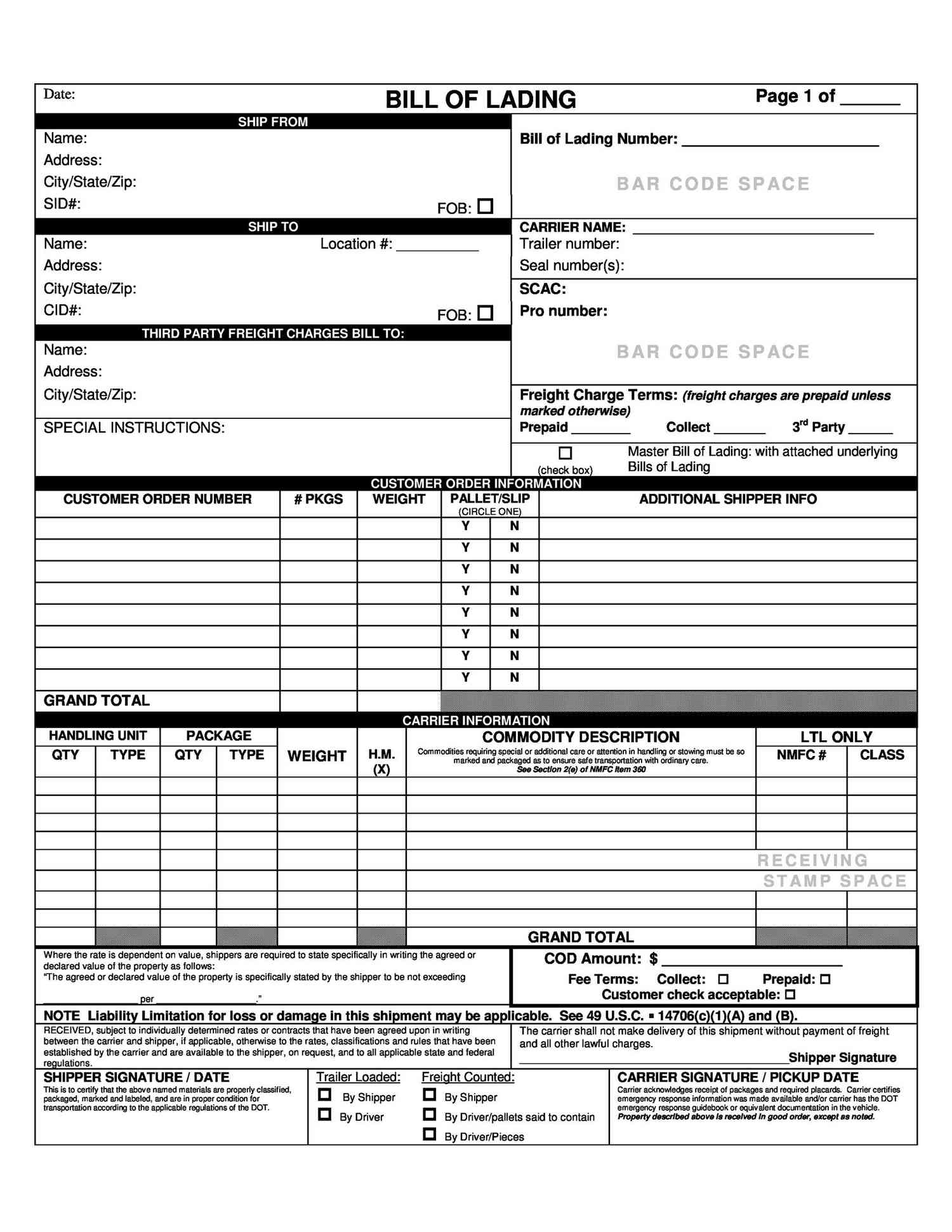USACC welcomes you. We prefer to discuss any question about your document by phone rather than email, Please call us at (202) 468-4200.

Understanding and Using a Bill of Lading in International Trade
Introduction:
A Bill of Lading (B/L) is a crucial document in international trade that serves as a receipt of goods, a contract of carriage, and a document of title. Understanding its significance and proper usage is essential for businesses involved in shipping goods across borders. This guide explores the fundamentals of a Bill of Lading and its role in facilitating smooth shipping processes and secure transactions.
The Importance of a Bill of Lading
A Bill of Lading plays a pivotal role in international trade by serving as a legal document that acknowledges the receipt of goods, outlines the terms of shipment, and provides proof of ownership.
Understanding Bill of Lading
Definition and Purpose:
A Bill of Lading is a document issued by a carrier to acknowledge the receipt of goods for shipment. It serves as evidence of the contract of carriage between the shipper and the carrier and contains essential information about the goods, the consignor, the consignee, and the terms of shipment..
Types of Bill of Lading:
- Ocean Bill of Lading: Used for shipments transported by sea
- Airway Bill: Used for shipments transported by air.
- Inland Bill of Lading: Used for shipments transported by land within a country.
Using a Bill of Lading with US Arab Chamber of Commerce
Guidance and Support:
The US Arab Chamber of Commerce provides guidance and support to businesses in understanding and using a Bill of Lading effectively. Leveraging its expertise, the chamber assists companies in navigating the complexities of international shipping processes.
Key Components of a Bill of Lading:
- Shipper and Consignee Information
- Description of Goods
- Quantity and Packaging
- Shipping Terms and Conditions
- Signature of the Carrier
Benefits of Using a Bill of Lading:
- Proof of Shipment: It serves as proof that goods have been received for shipment by the carrier.
- Legal Protection: It provides legal protection to both the shipper and the carrier by outlining the terms and conditions of shipment.
- Document of Title: It can serve as a negotiable document of title, allowing for the transfer of ownership of goods during transit.
Sample Bill Of Lading Template:

Conclusion:
Navigating the complexities of international trade requires a thorough understanding of the commercial invoicing process. With the guidance and support of the US Arab Chamber of Commerce, businesses can confidently create compliant and comprehensive commercial invoices, facilitating seamless trade transactions between the United States and Arab countries.
Benefits of Using US Arab Chamber of Commerce
-
Expert Guidance and Support: Businesses can benefit from the chamber's expert guidance and support throughout the invoicing process, ensuring compliance with international trade regulations and best practices.
-
Access to Resources and Templates: The chamber provides access to a wealth of resources, including standardized templates and educational materials, streamlining the invoicing process for businesses of all sizes.
-
Streamlined Documentation Process: By leveraging the resources and expertise of the US Arab Chamber of Commerce, businesses can streamline their documentation process, minimizing errors and delays in trade transactions.
US Arab Chamber of Commerce Branches
USACC Head Office DC
1330 New Hampshire Ave, NW Suite B1, Washington, D.C. 20036(202) 468 - 4200
usarab.com